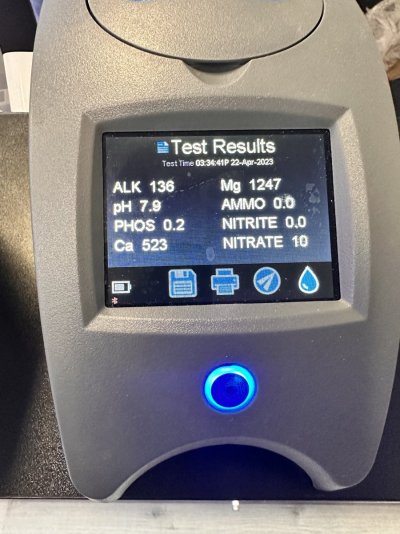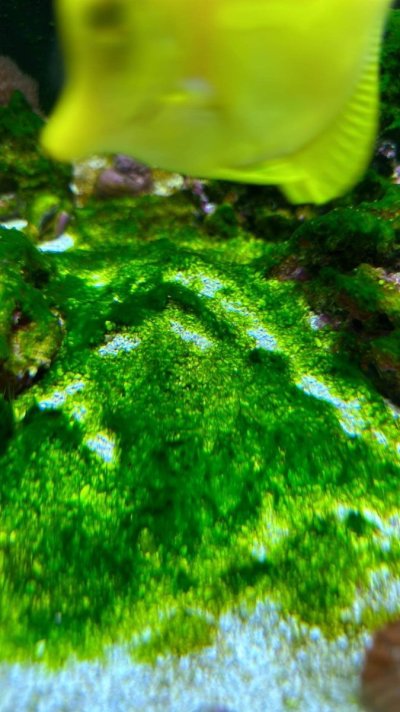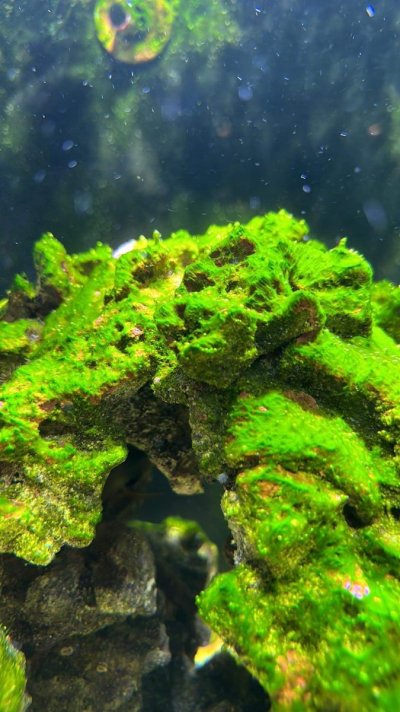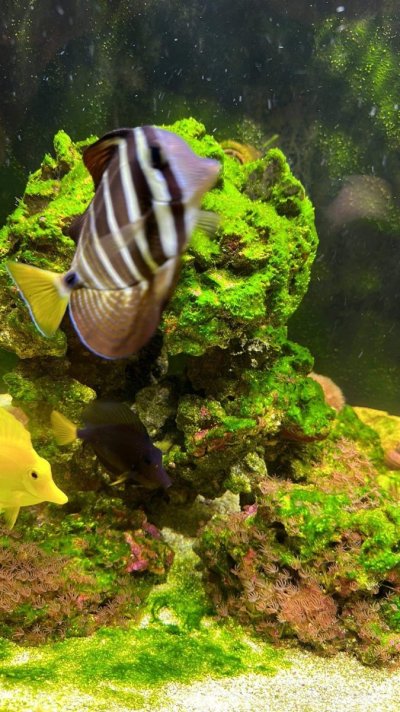- Joined
- Feb 22, 2018
- Messages
- 122
- Reaction score
- 46
Pretty certain this is green Cyano. Tank was severely neglected. Went through a divorce moved tank twice in less than 6 months. Then couldn’t keep up with maintenance. I know I did it to myself but I’m trying to get back on track. Lost all my coral except GSP and some mushrooms, fish made it just fine. It’s about 160g total volume. Here is the test my local LFS ran. I’m thinking of running chemiclean. But I am open to any and all suggestions before doing so. My main concern is an ammonia spike due to the amount of cyano that will be killed off because it is literally covering every single rock and about 50% of the sand bed. I’ve been reefing for about 6 years but this is the worst condition I’ve had my tank ever and I’m always open to learning new tips and techniques. Thank you in advance.























